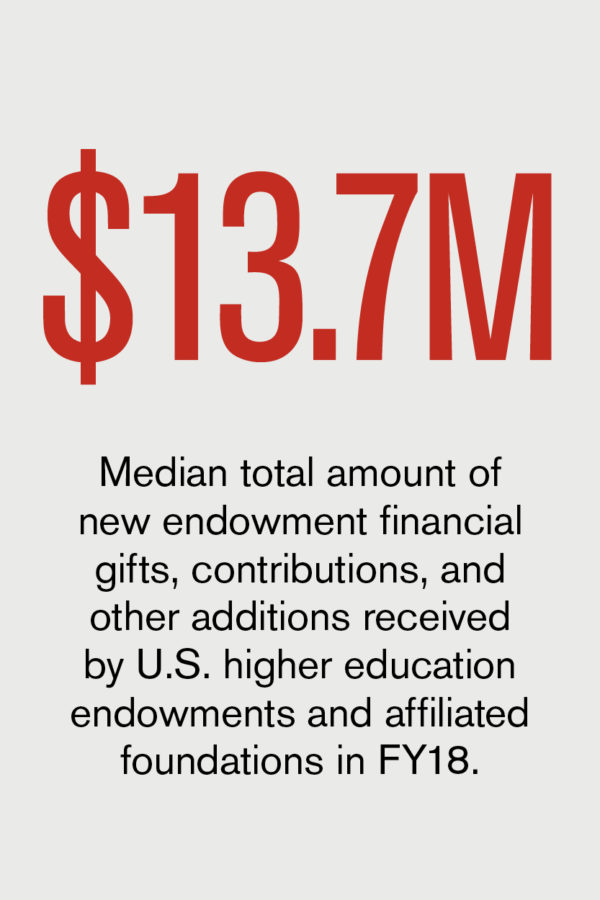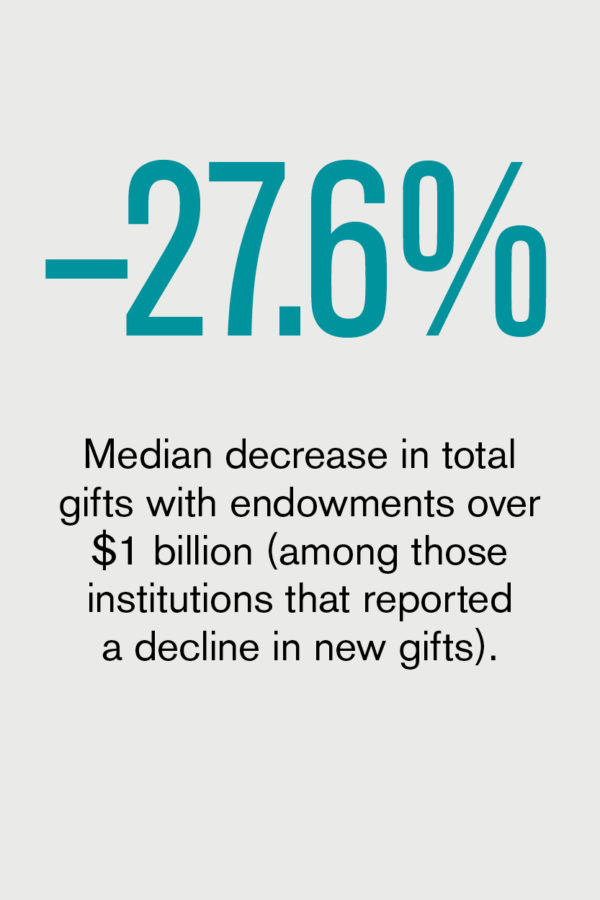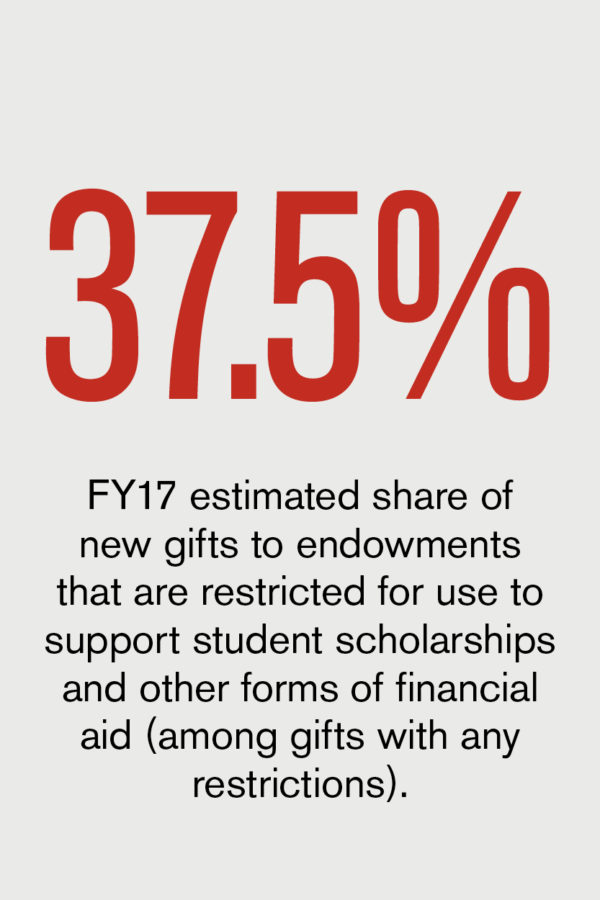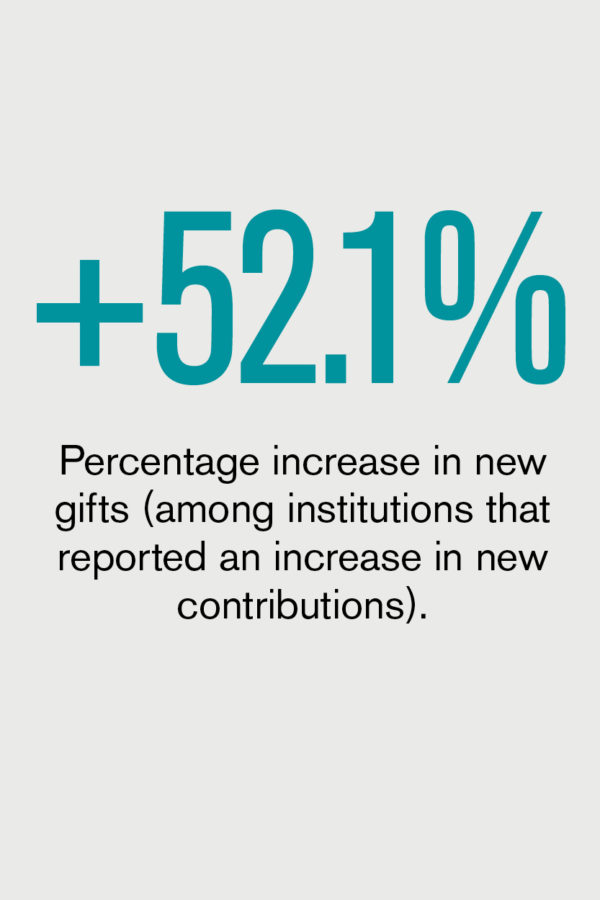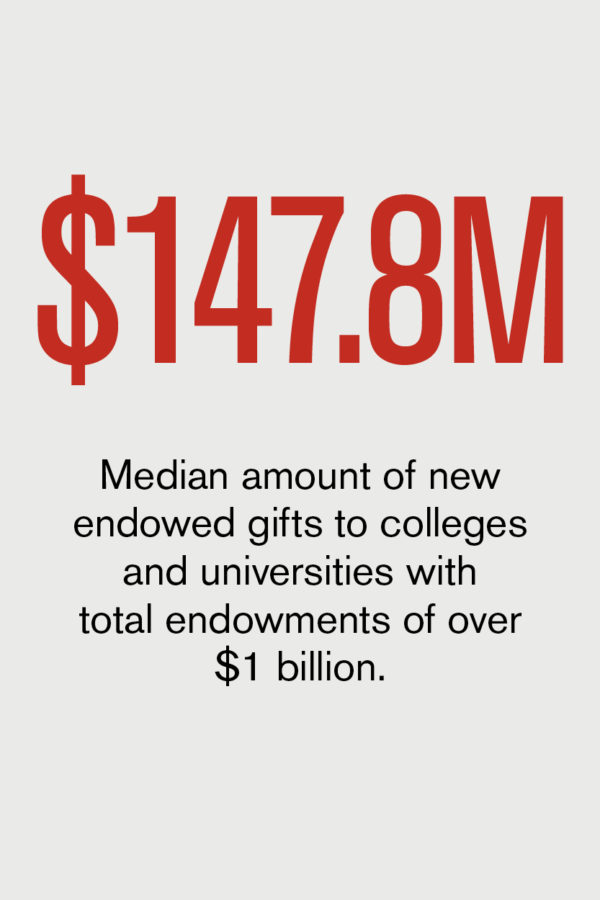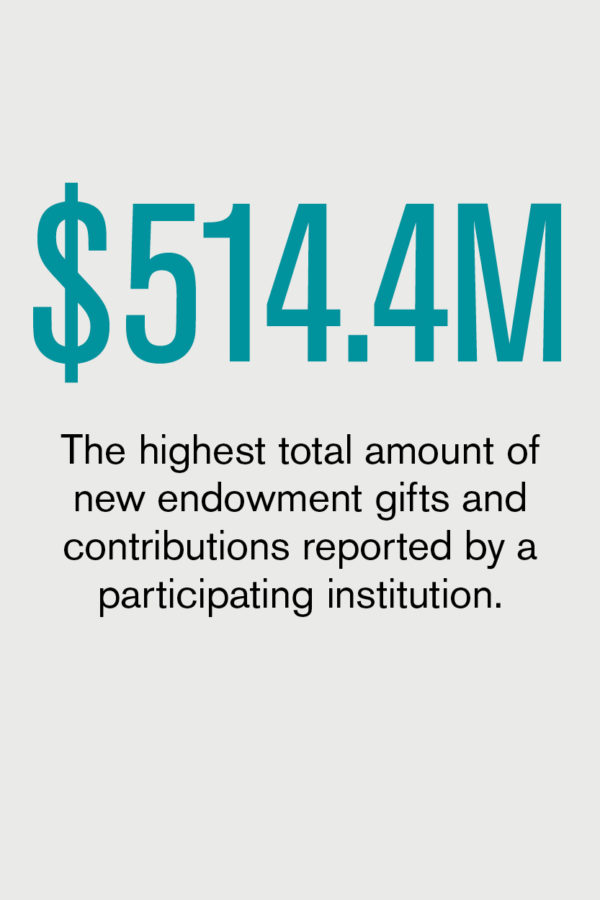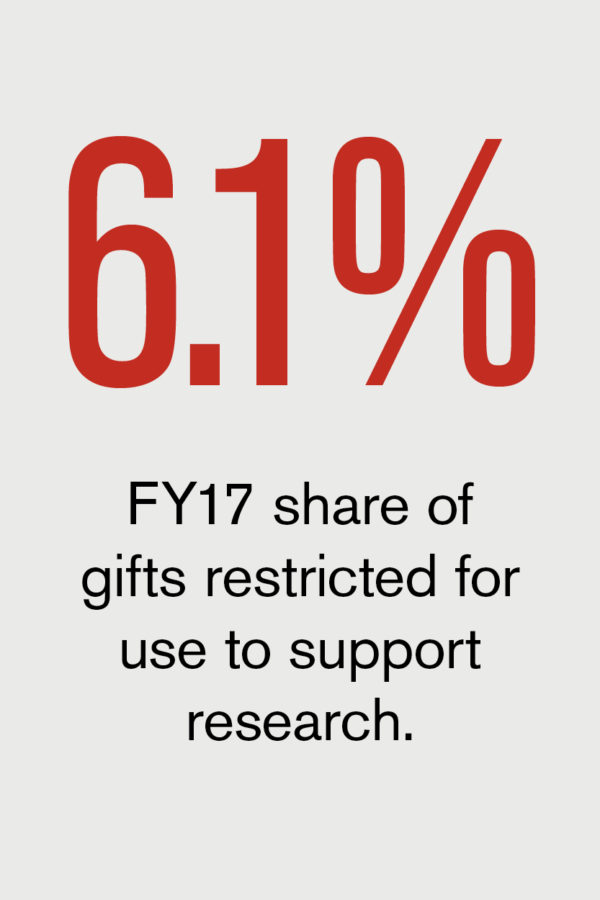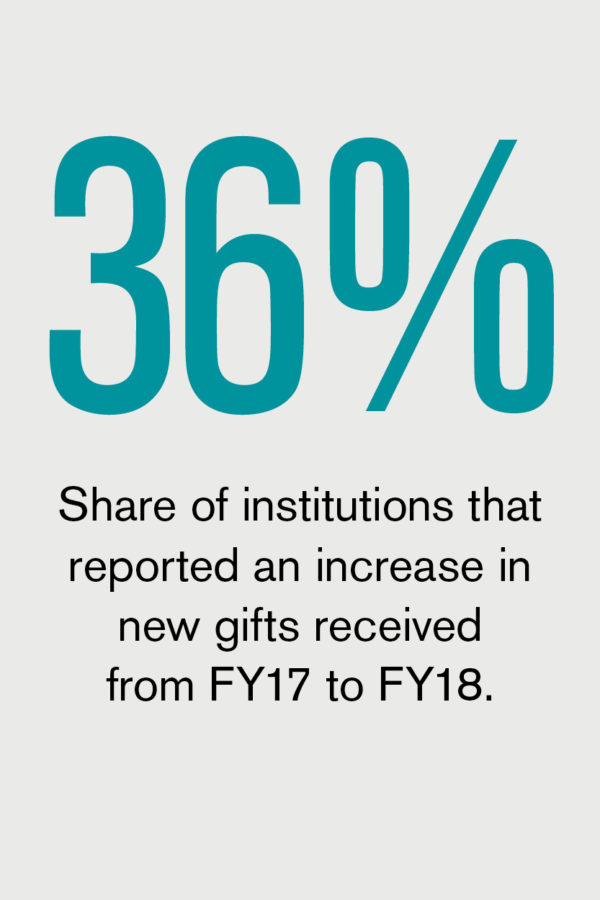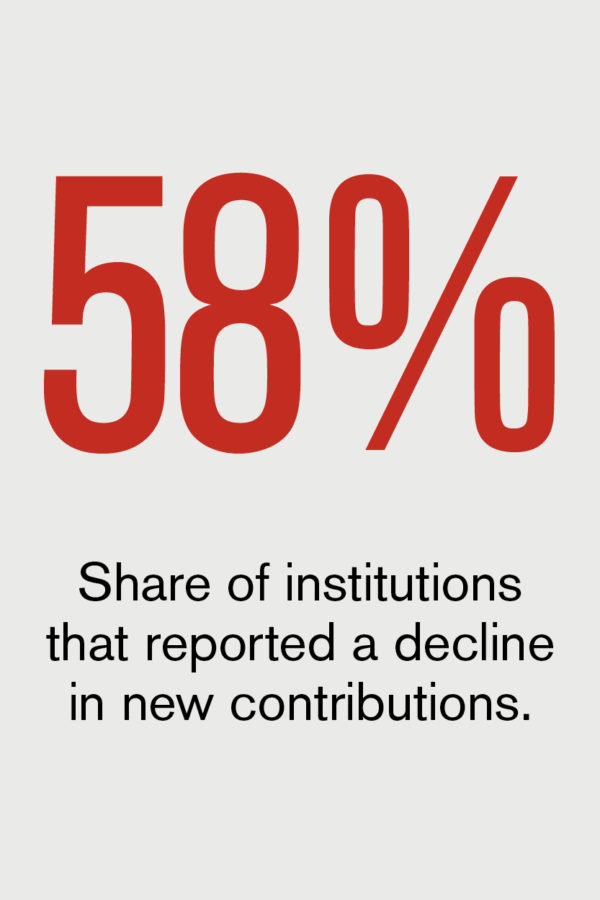As health-care costs continue to rise, many employees worry about covering these expenses in retirement. They are right to worry. According to the Employee Benefit Research Institute, a 65-year-old couple in 2019 needs approximately $273,000 to cover out-of-pocket health-care expenses in retirement.
Employers may also experience greater total compensation costs, and particularly health insurance costs, due to workers delaying retirement. In fact, research shows that employers face an additional $10,000 to $50,000 in costs for every year an employee who would like to retire delays retirement for financial reasons. TIAA research finds that 77 percent of Americans are concerned about health-care costs in retirement, and more than 90 percent of plan sponsors say that rising health-care costs are a significant concern for retirement security.
Even as more employers consider health savings accounts as a way to help manage health coverage costs for their active employees, a retirement health-care savings program or retirement health savings plan (RHSP) can be a cost-effective way to help employees manage health and wealth in retirement. The defined contribution approach of an RHSP, in which an employer has flexibility to set vesting requirements and contribution amounts, may also help employers control costs. And, since costs are realized immediately, there are no future employer liabilities.
Denison University, Granville, Ohio, is one example of how an institution created a sustainable, scalable, retiree health benefit at a lower cost through an RHSP. Available to employees with five years of service at termination of employment, Denison’s reimbursement plan provides a tax-free way for retirees to pay for any qualified medical expenses, including premiums, co-pays, deductibles, and more.
Nearly all Denison retirees eligible for the plan have enrolled in the group medical and prescription drug coverage plans offered through the RHSP. Both employee and employer contributions and any investment earnings grow tax-free.
The following interview with James P. Ables, Denison’s director of human resources, provides more insight about the university’s program.
What circumstances led Denison’s leadership to implement a retirement health savings plan?
As an organization, we have always had the desire to support faculty and staff in retirement as it relates to health-care costs. Prior to June 30, 1993, for faculty and staff who were hired and then retired from Denison, the university paid 75 percent of the post-retirement health care for the employee and his or her spouse. However, the high cost of post-retirement health care, in part resulting from the revised accounting standard FAS 106, led university leadership to discontinue the benefit for new employees hired after June 30, 1993. This raised several concerns for us.
First, the board did not feel good about creating two groups of employees: those who had health-care support in retirement and those who did not. Second, now that we had a group of employees getting no support in retirement for health care, Denison’s board and management had lingering concerns about making sure faculty and staff would be prepared to afford health care in retirement. All this contributed to university leadership looking for what we could do in terms of post-retirement health care for those post-1993 new hires.
When did you implement the new plan?
We implemented the defined contribution part of the new plan for active employees on July 1, 2005. We then migrated our existing retirees, who were covered as part of our active medical plan, on Jan. 1, 2006. By moving pre-1993 retirees to the plan and retroactively subsidizing post-1993 employees, we reaffirmed Denison’s commitment to retirement readiness and eased the concerns of active employees, especially those nearing retirement.
The transition of pre-1993 retirees significantly reduced Denison’s FAS 106 liability, as well as pay-as-you-go premium subsidies and the morbidity risk inherent in carrying a growing number of retirees on the active insurance plan. These savings alone more than covered the cost of establishing the defined contribution program.
What are the specific parameters of the plan you implemented?
For the plan model we adopted, faculty and staff who were full time at age 40 or older were eligible for monthly contributions to the RHSP accounts. We decided we would contribute for 25 years, regardless of when an employee started, so that would stop at age 65 if someone started at age 40. An employee must participate in the plan for five years to be vested in the RHSP account. To have access to the medical and drug plans once they are 65, employees must be at least age 55 with 10 years of service when they leave Denison.
Employees can contribute their own money after taxes, and there is no limit to how much they can put in. To determine Denison’s initial contribution for faculty and staff, we had a consultant help us predict what amount would be necessary to receive on a monthly basis to ensure that the account balance after 25 years would fund about 50 percent of the premium for one person’s lifetime after retirement. This assumed certain investment earnings and a certain increase in medical premiums over time, such that if we started contributing $85 each month, in 25 years those savings would purchase about 50 percent of the health-care costs for one person’s lifetime. Obviously, this is only an estimate, as there is no guarantee of what those accrued dollars are going to purchase in the future.
What specific benefits have the institution and your employees realized from implementing an RHSP?
We moved more than 200 retirees and spouses to the program in 2006. One benefit they received was the flexibility in choosing plans that met their needs. Prior to the change, Denison had offered one PPO medical plan to active faculty and staff. They had no choice among different plans providing different benefits. Another benefit has been lower monthly premiums compared to Denison’s active plans.
Anecdotally, we do see more confidence among faculty and staff in considering early retirement and retirement at age 65. Some employees have decided to access their RHSP accounts prior to age 65 to help them bridge to Medicare eligibility. Others are retiring at age 65, and not waiting until 68 or 70, because they know they have the savings to use to assist them with their medical and drug plan costs.
In 2017, we offered an early retirement plan for staff. A number of staff members were able to retire because they had an RHSP account to help them with medical and drug premiums. Absent the RHSP, I don’t think many of these employees would have been able to take advantage of this early retirement plan.
What cost savings or other efficiencies have been realized by the institution since implementing an RHSP?
We got rid of the administrative expense of having our retirees on our existing active plan. Prior to 2006, we had to track participation, bill all of our retirees twice a year, receive and post payments, and follow up on delinquent accounts. All of that administrative difficulty and expense went away.
More importantly, we were able to offer coverage at a cost to our post-65 retirees that was lower than what we could have continued to offer through our active medical plan. So, both our retirees and Denison were paying lower premiums once we went to the RHSP, as compared to having retirees on our active plan.
What advice do you have for other institutions regarding the timing for implementing an RHSP?
If an organization is still managing retirees within its own active plans, the RHSP is a great option. The fact that the expense is manageable because it is predictable—you know what your expense is going to be from year to year—definitely helps. The other important benefit is that now faculty and staff have resources to help pay for medical expenses in retirement and can start thinking about their options and the move to retirement. We’re starting to see this result now that we’ve had the plan for 13 years.
When considering an RHSP, I recommend that campuses look at all the different ways they can design eligibility and the vesting timeline in order to find the plan design that will work best for their institutions. For instance, you can start participation at age 35 instead of 40 and have that money working longer for a participant to hopefully get more investment earnings into that RHSP account.
TIMOTHY LANE is president and CEO of Emeriti Retirement Health and head of TIAA Health.




